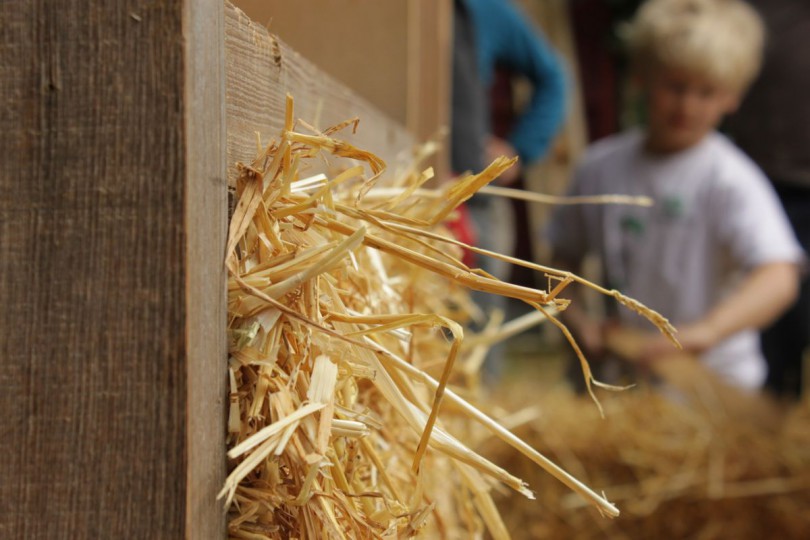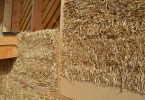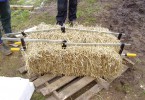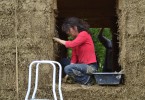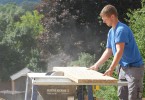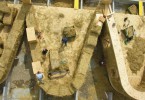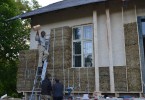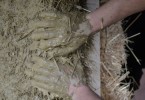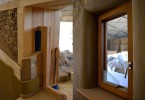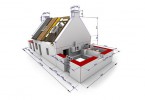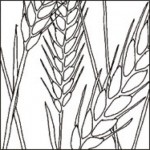
Knowledge
Trainees know …
- various types of straw
- the properties of a good construction bale (moisture, direction of fibres, dimensions, density)
- about the production techniques of straw bales [Level 4]
- the health and safety regulations ( fire hazard, dust, slipping)
- recommendations for the farmer in the production of good quality and good bales [Level 4]
- how to handle, divide and shape straw bales [Level 4]
- appropriate tools
- the advantages and disadvantages of different types of twine
- the appropriate ways of tying straw bales (knots)
- the advantages of straw bales in sustainable building
Skills
Trainees can …
- plan the supply of materials [Level 4]
- use the bale in the correct orientation
- measure the bales
- adjust the shape of the bale and square off the ends
- divide and restring the bale
- cut and notch the bale
- calculate the density of bale
- assess moisture in the bale of straw
- work with the cut and folded side of the bale
- use the tools for handling and transforming straw bales
- keep the bales dry and well ventilated during storage
Competences
Trainees can …
- skilfully work with bales
- communicate with the other players
- organise the supply of straw bales [Level 4]
- comply with the safety regulations
- comply with manual handling
- work in team
Materials/Documents:
U1 Learning Outcome – Level 3 | ECVET credit points: 20
U1 Learning Outcome – Level 4 | ECVET credit points: 15
U1 Session 1: General Introduction 4 hours
U1 Session 2: Straw Talk 1 day
U1 Session 3: Testing and Customizing Straw Bales 1 day
U1 Session 4 – Warming up
U1 Session 5 – Organizing the Building Site
U1 Session 6 – Health and Safety
U1 Handbook:
STEP U1 Handbook EN
Links: U1 all sessions
